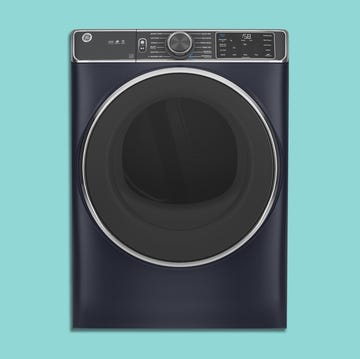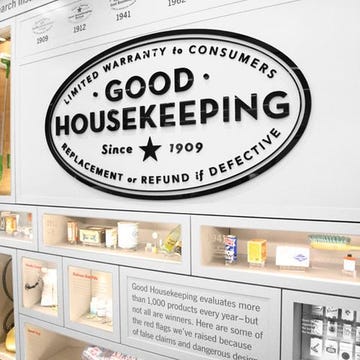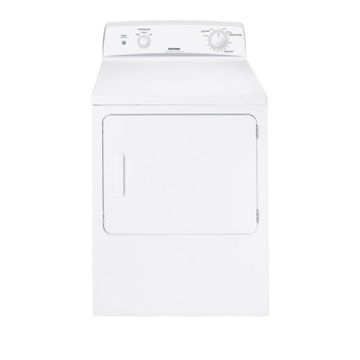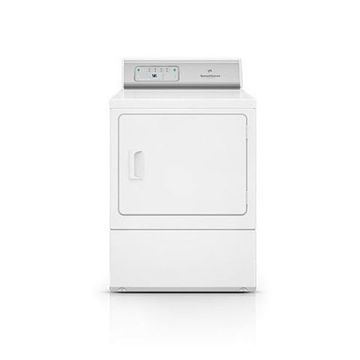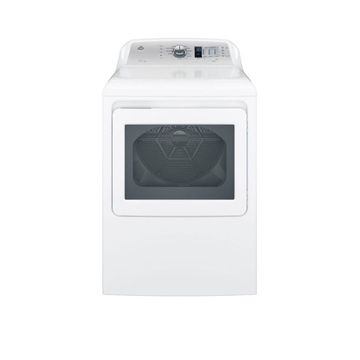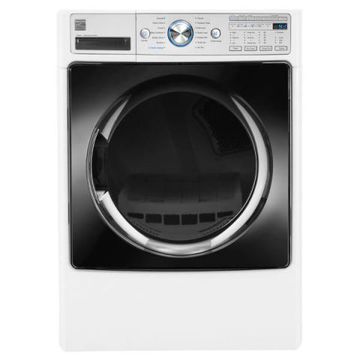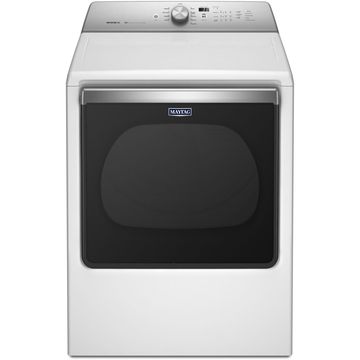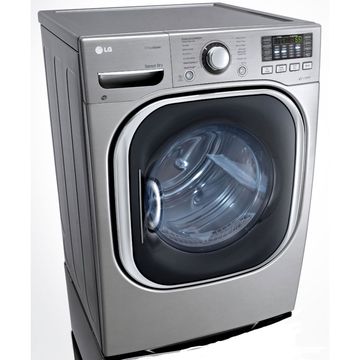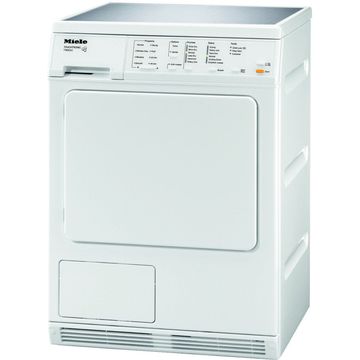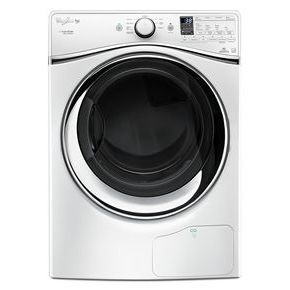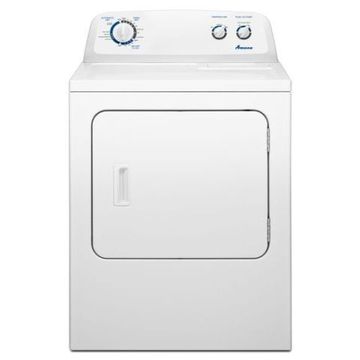You may be an expert on everything from lint filters to permanent press, but there are plenty of exciting new innovations in laundry technology showing up in today's dryers you may not know about. Here are some terms to study up on to make sure you get the most for your money on your next dryer purchase.
- Auto or Moisture Sensors: These sensors in the drum monitor the moisture level in the load as the garments pass by them. When they sense the items are appropriately dry, the cycle stops, making them an effective way to prevent the over-drying of fabrics and wasted energy that can occur on models that function by time or temperature alone. We saw this across the board in our latest crop of test dryers, so you can usually expect this functionality out of even the most basic models.
- Specialty Cycles: From bulky bedding to jeans to active wear, these cycles are generally pre-programmed into the dryer to provide the proper time and temperature to give these items the exact care that they need. All you do is select the cycle and the dryer does the rest. This is often the difference between high-end dryers and more entry-level (read: inexpensive) models.
- Steam Refresh: During this 15- to 20-minute heated cycle, short bursts of steam or mists of water are sprayed onto dry clothes to help remove wrinkles, odors, and reduce static. Dryers with this feature may require a water hookup, like to your washer inlet hose. (Some newer models have a separate chamber you can remove and fill with water when you want to run a steam cycle.) If you frequently want to freshen or de-wrinkle clothing without running it through the wash or taking it to the dry cleaner, this cycle will definitely come in handy.
- Antibacterial or Sanitize: Dryer cycles or options that reach the specific temperature and time needed to kill 99.9% of bacteria in the load. Look for units with cycles that are NSF-certified, which means they have been third-party tested to assure this level of germ killing. These cycles are usually recommended for cotton and mixed load cycles only because of the heat required to kills germs.
- Reverse Tumble: To better keep sheets, pillowcases, towels, and other items in the load from twisting and tangling, some dryers have drums that rotate in opposite directions regularly during the cycle. They may start out tumbling to the left, switch to tumbling right, then left and so on throughout the cycle. This reverse action also helps clothes dry more evenly and quickly. It's particularly important if you often run bulky loads like bedding.
- Child or Control Lock: This safety feature gives you the ability to "lock" the control panel whether or not the dryer is in use. Doing so keeps children from accidentally changing the selections or starting the dryer.
- Damp Alert/Damp Dry: A shorter cycle that often alerts you with a tone, when items are still slightly damp and ready for ironing.
- Delay Start: This cycle gives you the ability to load the dryer and pre-select your cycles, yet have it actually start drying up to 24 hours later. This is handy if you wish to run the dryer when energy costs are lower or later in the day.
- Eco or e-dry: Usually lower heat settings are used to help save energy. Cycle times, however, may be longer.
- Extended Tumble/Wrinkle Guard: To keep wrinkling to a minimum at the cycle's end, this feature intermittently tumbles the load, without heat, for as long as three hours, giving you time to get back to remove the items.
- Favorite Cycle: An easy way to be sure your favorite items are dried just the way you want them to be. Just program in the required time, temperature, and options, say for jeans or sweaters, and the next time you do this load, press one button and the everything that's needed for the proper care of these garments is pre-selected.
- Rack Dry: To dry items like sneakers, stuffed animals, hats, even sweaters without the potential damage tumbling may cause, many dryers come with a separate accessory rack. Simply snap the rack into the drum and place your items on top. When you select the appropriate cycle, the heat comes on and the drum will tumble, but your items stay in place on the rack.
- Speed or Express Dry: A quick cycle, usually 15-30 minutes, designed to dry sports uniforms or slightly damp items that you need in a hurry.


